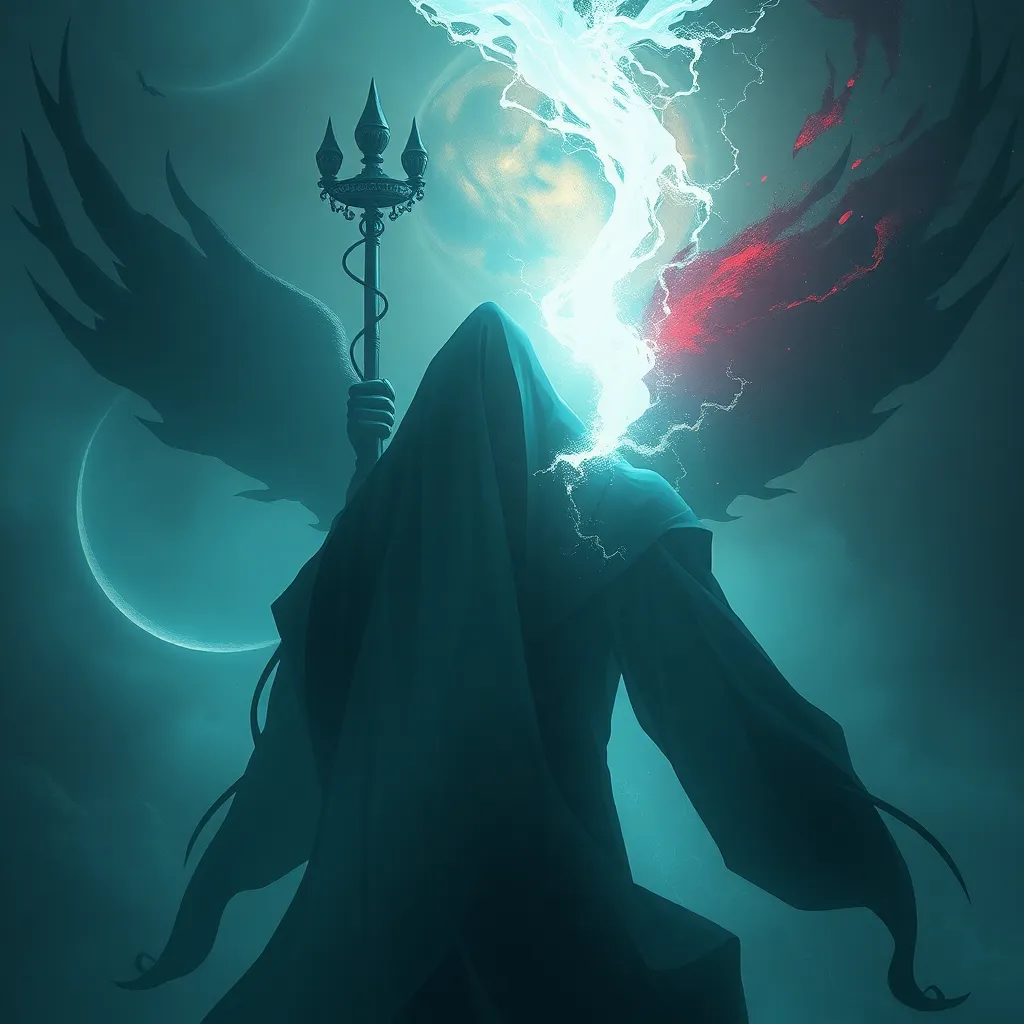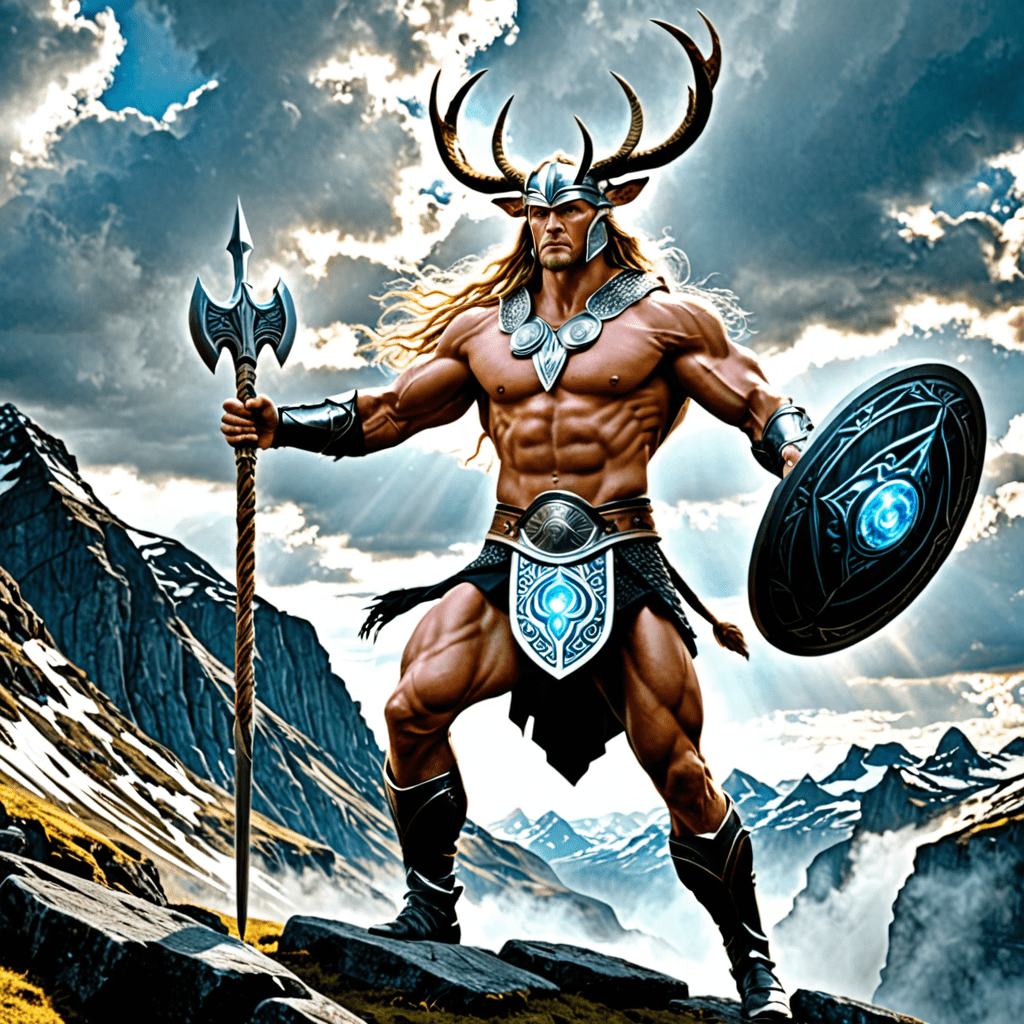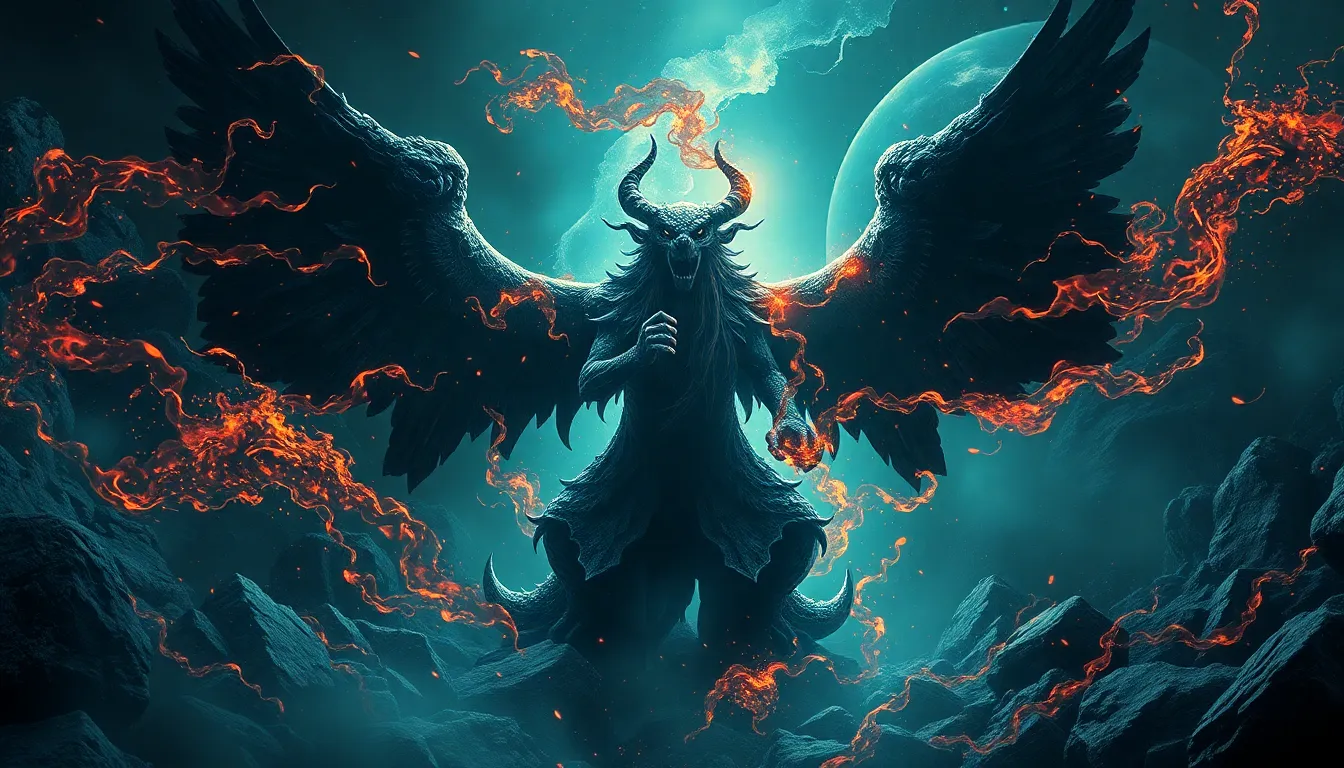The Deathless in the Age of Technology: Koschei in the Digital Age
I. Introduction
Koschei the Deathless is a prominent figure in Slavic mythology, often depicted as an evil sorcerer who possesses the gift of immortality. His character embodies the complex themes of death and life, raising questions about the value of immortality and the sacrifices that come with it. In folklore, immortality is often portrayed as a curse rather than a blessing, leading to an exploration of its implications on human existence.
In modern times, the concept of the “Deathless” takes on new dimensions in the context of technology. As we delve deeper into the digital age, the narratives surrounding immortality evolve, reflecting our fascination with technology and its potential to transcend the limits of human life.
II. The Myth of Koschei: A Brief Overview
A. Historical origins and cultural significance of Koschei
Koschei’s origins can be traced back to ancient Slavic folklore, where he appears as a figure of malevolence and cunning. His narratives are deeply rooted in Eastern European culture, symbolizing the eternal struggle between good and evil. Koschei is often depicted as a powerful antagonist in tales, representing the darker aspects of human nature and the fear of death.
B. Key characteristics and symbolic meanings associated with Koschei
- Immortality: Koschei’s most defining characteristic is his immortality, which he achieves through a hidden source—his soul or heart is concealed, making him invulnerable.
- Malevolence: He often engages in nefarious deeds, seeking to capture heroines and thwart heroes, underscoring the moral lessons embedded in the stories.
- Transformation: Koschei can change forms, reflecting the fluidity of identity and the ability to manipulate perceptions.
C. The narrative of immortality in traditional stories
The tales of Koschei often illustrate the paradox of seeking immortality. While he possesses eternal life, he is ultimately portrayed as a tragic figure, trapped in a cycle of power struggles and loneliness. This narrative serves as a cautionary tale about the consequences of desiring eternal life without understanding its true cost.
III. The Intersection of Myth and Modern Technology
A. How technology reshapes narratives of immortality
In the digital age, technology has profoundly transformed the way we perceive and engage with narratives of immortality. The rise of digital storytelling allows for new interpretations of timeless myths, as creators explore themes of life, death, and the afterlife through innovative mediums.
B. The role of the internet in preserving and transforming folklore
The internet serves as a repository for folklore, allowing stories like that of Koschei to reach global audiences. Online platforms enable the sharing and remixing of traditional narratives, breathing new life into age-old tales and encouraging cultural exchange.
C. Digital mediums as a new canvas for mythological storytelling
Modern technology provides a plethora of tools for storytelling. From interactive video games to animated films, creators can explore mythological themes in ways that engage audiences differently. These mediums can also allow for audience participation, making the experience of folklore more immersive.
IV. Immortality in the Digital Age
A. Exploration of digital immortality: avatars, AI, and virtual existence
The concept of digital immortality has gained traction with the advent of avatars, artificial intelligence (AI), and virtual reality. Individuals can create digital personas that exist beyond their physical lives:
- Avatars: Representations of oneself in virtual spaces, allowing individuals to engage with others in ways that transcend physical limitations.
- AI: Algorithms and bots that can mimic human interactions, raising questions about the preservation of one’s personality after death.
- Virtual existence: The creation of virtual worlds where individuals can exist and interact indefinitely, challenging the notion of mortality.
B. The implications of social media and digital footprints on legacy
Social media platforms have transformed how we document our lives. The traces we leave behind online create a digital footprint that can persist long after we are gone. This phenomenon raises questions about how we wish to be remembered and the legacy we leave behind.
C. Comparisons between Koschei’s immortality and modern interpretations of life after death
Koschei’s immortality is rooted in a physical and spiritual essence, while modern interpretations often focus on digital representations of life after death. While Koschei’s existence is tethered to a hidden core, the digital age offers a more fragmented and dispersed concept of immortality, where identity can be replicated and reimagined in countless ways.
V. The Ethical Dilemmas of Technological Deathlessness
A. The philosophical questions surrounding digital resurrection and identity
The pursuit of digital immortality raises profound philosophical questions about identity and consciousness. If one’s digital self can be preserved or recreated, what does that mean for our understanding of the self?
B. Ethical considerations of AI and the preservation of consciousness
As technology advances, the ethical implications of AI and consciousness preservation become increasingly complex. Key considerations include:
- Ownership of digital identity and the rights of the individual.
- The impact of AI on human relationships and interactions.
- The potential for misuse of technology in creating false representations of individuals.
C. The potential dangers of pursuing immortality through technology
While the allure of technological immortality is enticing, it also poses significant risks. The pursuit of deathlessness through technology can lead to:
- Devaluation of human life and experiences.
- Isolation, as individuals may prefer digital interactions over real ones.
- Exploitation of vulnerable populations in the quest for profit through digital immortality solutions.
VI. Case Studies: Koschei in Contemporary Media
A. Analysis of adaptations of Koschei in films, video games, and literature
Koschei has inspired numerous adaptations across various media, showcasing the enduring nature of his character. Contemporary renditions often reinterpret his story, reflecting modern societal concerns.
B. The evolution of Koschei’s character in modern narratives
In many recent adaptations, Koschei is portrayed with more complexity, exploring themes of redemption and the burden of immortality. This evolution mirrors our changing perceptions of technology and the human condition.
C. How these adaptations reflect societal views on technology and immortality
Through film, literature, and games, audiences engage with the themes of immortality and technology, prompting discussions about the implications of our digital lives. These adaptations often serve as a mirror, reflecting contemporary anxieties and hopes regarding life, death, and what lies beyond.
VII. The Future of the Deathless Myth in a Technological World
A. Predictions for the evolution of mythological narratives in the age of technology
As technology continues to advance, the narratives surrounding figures like Koschei will likely evolve further. New mythologies may emerge, intertwining ancient stories with contemporary themes of identity, technology, and the human experience.
B. The potential for new mythologies emerging from technological advancements
Technology could give rise to entirely new mythological figures, representing the challenges and possibilities of the digital age. These new narratives will likely address the ethical dilemmas posed by technology and offer commentary on our evolving relationship with life and death.
C. The enduring relevance of figures like Koschei in contemporary discourse
Despite the advancements in technology, figures like Koschei remain relevant, serving as reminders of the timeless questions surrounding immortality and the human condition. They encourage us to reflect on our desires for eternal life and the implications of our technological pursuits.
VIII. Conclusion
The interplay between folklore and technology continues to shape our understanding of immortality. As we navigate the complexities of the digital age, the myths that have defined our cultures will adapt and evolve, reflecting our changing values and beliefs.
In contemplating the implications of being “Deathless” in the digital age, we are reminded of the importance of understanding the myths that shape our technological landscapes. As we embrace new narratives, we should also consider the lessons from ancient tales, ensuring that our pursuit of immortality does not come at the cost of our humanity



